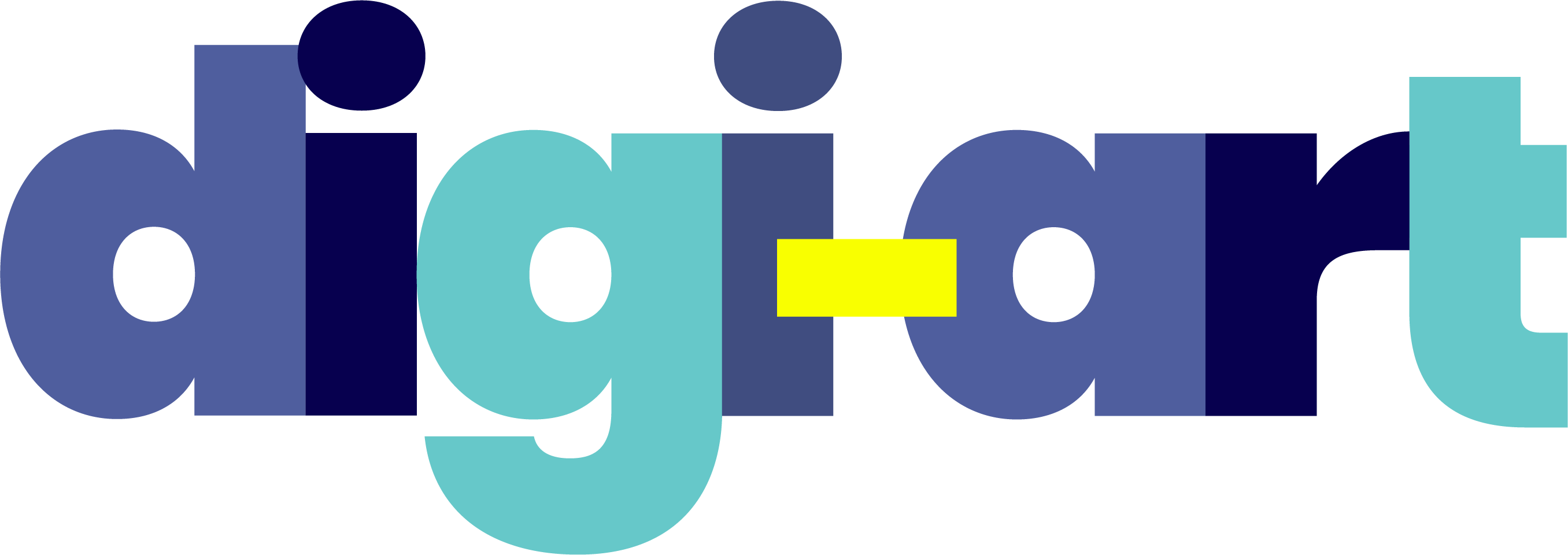Compared to traditional art forms, works of digital art may face a different set of challenges because they are produced in a digital environment. In particular, copyright and ownership issues may become more complex for digital artworks than for traditional art. Certifying digital artworks is an important step. The certification process is used to verify the ownership and authenticity of a work of art. It helps artists to present their works as a proof of their creativity and protect their copyrights. Certification can also contribute to market recognition of digital artworks and increase their value.
Blockchain technology is a method that enables secure tracking and verification of digital assets. Certifying digital artworks on the blockchain provides an effective way to prove ownership and protect copyrights. This method allows the work to be recorded and tracked with a unique digital signature.
Registering on art platforms allows artists to exhibit and sell their works, and they also offer certification services to protect ownership and copyright. These platforms can help you prove your ownership by registering and verifying your works. Digital signatures are another method used to document the authenticity and ownership of digital artworks. By adding digital signatures to their works and storing them securely, artists prove their authenticity. Specialised certification and documentation services are also available to certify your digital artworks. These services can help you protect your ownership and copyrights by providing your work with a unique certificate or digital document. It is also important to seek legal advice to certify your digital artworks and protect your copyrights. A lawyer or expert advisor can help you prove your ownership and protect your copyrights.

